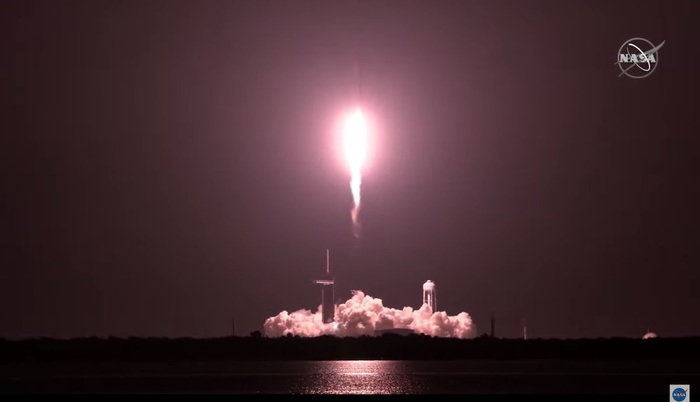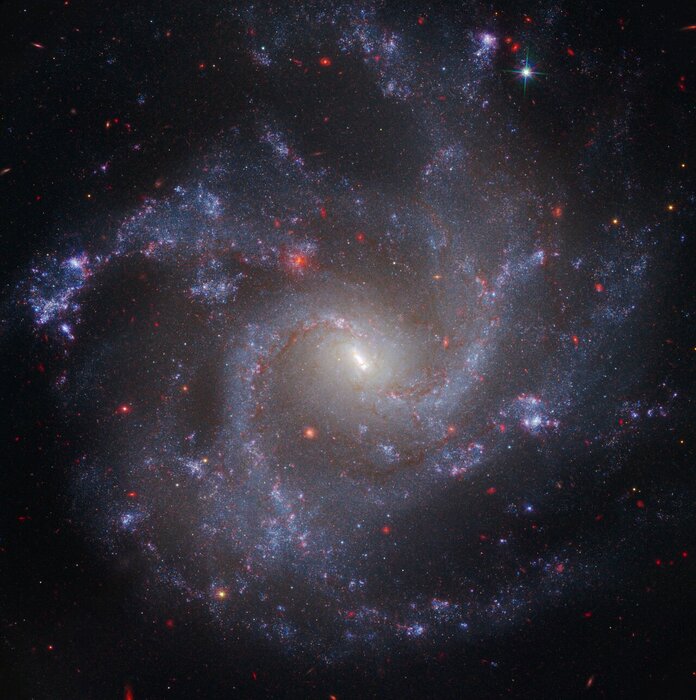Launched from the Kennedy Space Center in Cape Canaveral, the satellite for astronomy Ixpe, intended to study the extreme phenomena of the universe in the joint mission of NASA and the Italian Space Agency (ASI), with the participation of the National Institute of Astrophysics (INAF) and National Institute of Nuclear Physics (Infn).
The launch took place with a SpaceX Falcon 9 rocket.
Announced in January 2017, the Ixpe (Imaging X-ray Polarimetry Explorer) mission was developed as part of NASA's Small Explorer (Smex) program and has a total cost of 180 million.
Italy participates with 20 million euros and its scientific and technological expertise: the National Institute of Astrophysics (Inaf) has the scientific coordination, while the National Institute of Nuclear Physics (Infn), with the INAF and the support of ASI, has conceived and developed the instrument that constitutes the heart of the mission, the Global Pixel Detector (GPD). The University of Roma Tre also collaborates in the scientific part.
The ASI also makes available to the Ixpe mission both its Malindi base for data reception, thanks to the collaboration of Telespazio (Leonardo-Thales), and the Space Science Data Center (Ssdc) for data analysis. For the industry, the Ohb-Italia company also collaborates in the mission.
The instruments aboard the Ixpe mission are designed to observe violent and still mysterious phenomena in the universe - such as supernova explosions or supermassive black holes - with an efficiency one hundred times greater than that of X-ray telescopes of 50 years ago.
The three telescopes on board the Ixpe observatory, all designed and built in Italy, will allow us to understand how the X-rays emitted by very distant and still almost unknown cosmic objects are polarized, that is, how they vibrate in a particular direction, and this will help to better understand the extreme environments in which they are generated.









